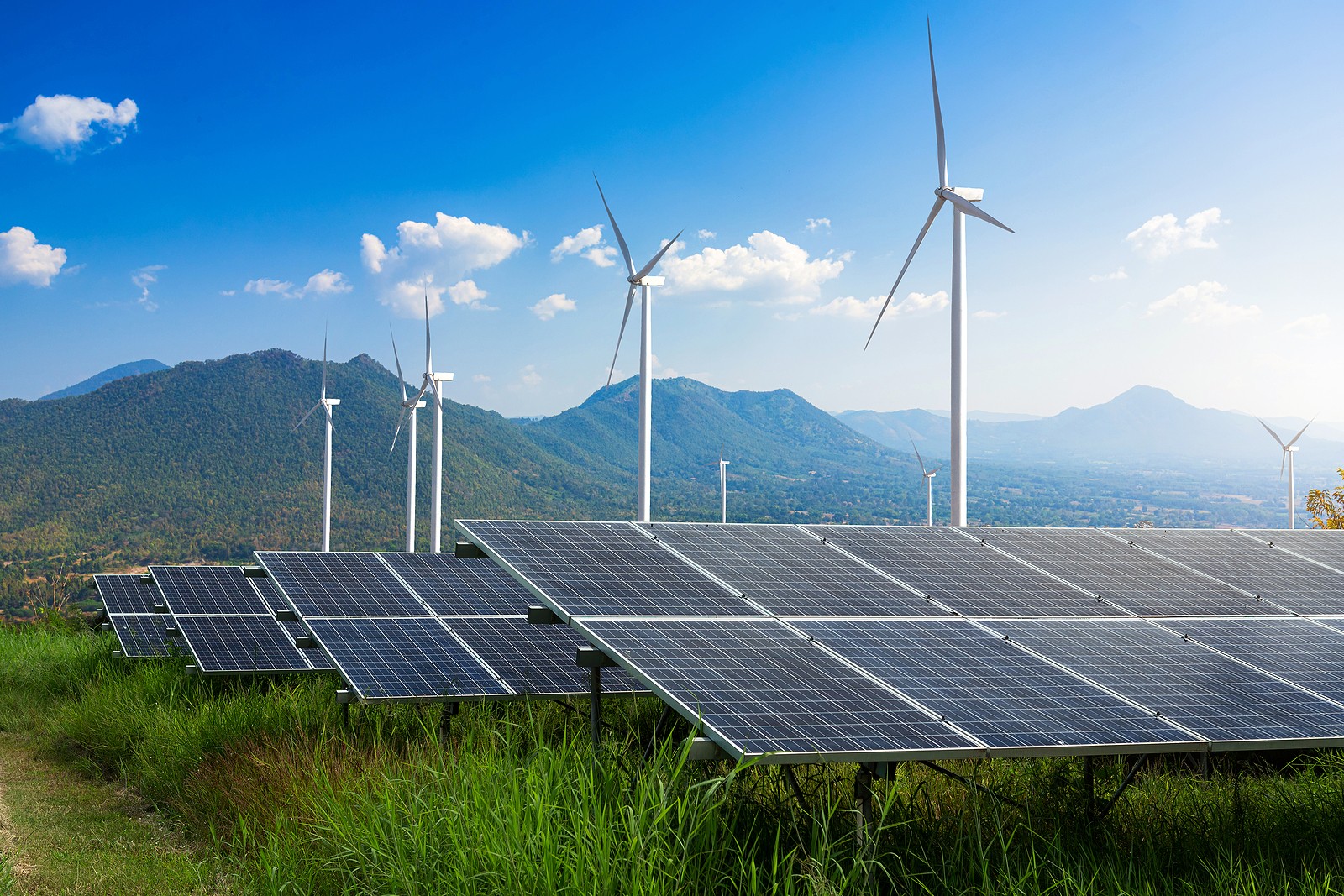Kenya is Africa’s geothermal success story. With nearly 1.0 GW of installed geothermal capacity supplying roughly 40–47% of its electricity, Kenya has turned the Great Rift Valley into a dependable, low-carbon backbone for its grid.
That scale of baseload, emissions-saving power sets Kenya apart on the continent and offers a model for other African countries with rift and volcanic geology.
What geothermal energy is and why it matters
Geothermal energy is heat from beneath the Earth’s crust. In electricity generation this generally means drilling into hot water or steam reservoirs, using the steam to spin turbines, and re-injecting fluids to sustain the resource.
Unlike solar or wind, geothermal can provide steady baseload power 24/7 generation that stabilises grids, supports industry, and reduces reliance on imported fuels.
How Kenya built its lead (quick facts)
- Geology: The Great Rift Valley hosts high-temperature fields (Olkaria, Menengai, Eburru and others) that are unusually accessible and productive.
- Institutions: Persistent public investment and specialist agencies most notably a state drilling and resource developer reduced exploration risk.
- Finance model: Kenya blended public funding, concessional loans and private developers to cover expensive upfront drilling.
- Projects at scale: The Olkaria complex (multiple plants) and the Menengai development are flagship examples that combine state drilling with private generation.
Key details and evidence
Olkaria, near Naivasha, is Africa’s largest geothermal cluster and supplies a major share of Kenya’s steam-to-power capacity through multiple plants. Menengai illustrates Kenya’s delivery model: the state finances exploration and wells while independent power producers build and operate generation units, cutting risk for private capital.
Once wells are proven, operating costs are low and predictable, helping lower system costs during droughts that weaken hydropower and reducing exposure to volatile fuel imports.
Economically, geothermal’s appeal is twofold: it supplies reliable baseload (enabling factories and mines to operate) and it reduces marginal costs compared with diesel or heavy-fuel generation.
Environmentally, geothermal is a low-carbon source that helps countries meet climate goals when properly sited and managed.
Also read: KenGen Unveils Plan for 42.5 MW Solar Project at Seven Forks, Kenya
Barriers and constraints
Despite the promise, geothermal is not frictionless:
- Upfront risk and cost: Exploration and drilling are capital-intensive and risky; a dry or low-yield well can sink project economics.
- Financing: Private investors need risk-sharing (guarantees, concessional capital) because early costs are front-loaded.
- Grid integration: New geothermal capacity requires transmission upgrades to move power from rift regions to cities and industrial loads.
- Social and environmental management: Land use, water resources and equitable benefit sharing with local communities must be handled transparently to avoid conflict.
What Kenya’s experience teaches other African nations
Kenya’s success is not purely geological: it’s a governance and financing template. Key lessons:
- Create specialist public bodies to carry early exploration risk and supply wells or steam to later-stage developers.
- Blend concessional finance with private capital to reduce cost of capital for risky drilling phases.
- Plan transmission early so new geothermal plants can reach demand centres.
- Engage communities and manage environmental impacts to maintain social licence.
Countries along rift and volcanic belts can potentially replicate parts of Kenya’s approach provided they secure patient capital and build institutions to share exploratory risk.
potential and realistic targets
Estimates of technical geothermal potential in Kenya run into multiple gigawatts; official and independent assessments point to several thousand megawatts on paper.
The government has signalled ambitions to push geothermal into the multi-GW range by the 2030s, but converting potential into commercial capacity will depend on continuing to mobilise concessional finance, streamlining permitting, and maintaining private-sector confidence in project delivery.
Also read: Kenya Looks to Ethiopia for Extra Power to Avoid Blackout
Geothermal gives Kenya a rare combination: clean, reliable baseload power produced at scale. The country’s lead rests on favourable geology, yes but equally on institutions, financing models and a pragmatic public-private delivery system. If other African nations can replicate the non-geological pieces, geothermal could play a major role in the continent’s energy transition.
FAQ (quick)
Q: Is geothermal renewable forever?
Geothermal is renewable on human timescales when reservoirs are managed responsibly (re-injection and controlled extraction). Poor management can reduce local yields.
Q: Is drilling always successful?
No. Exploration has technical risk; some wells underperform or are dry so risk mitigation and shared financing are essential.















